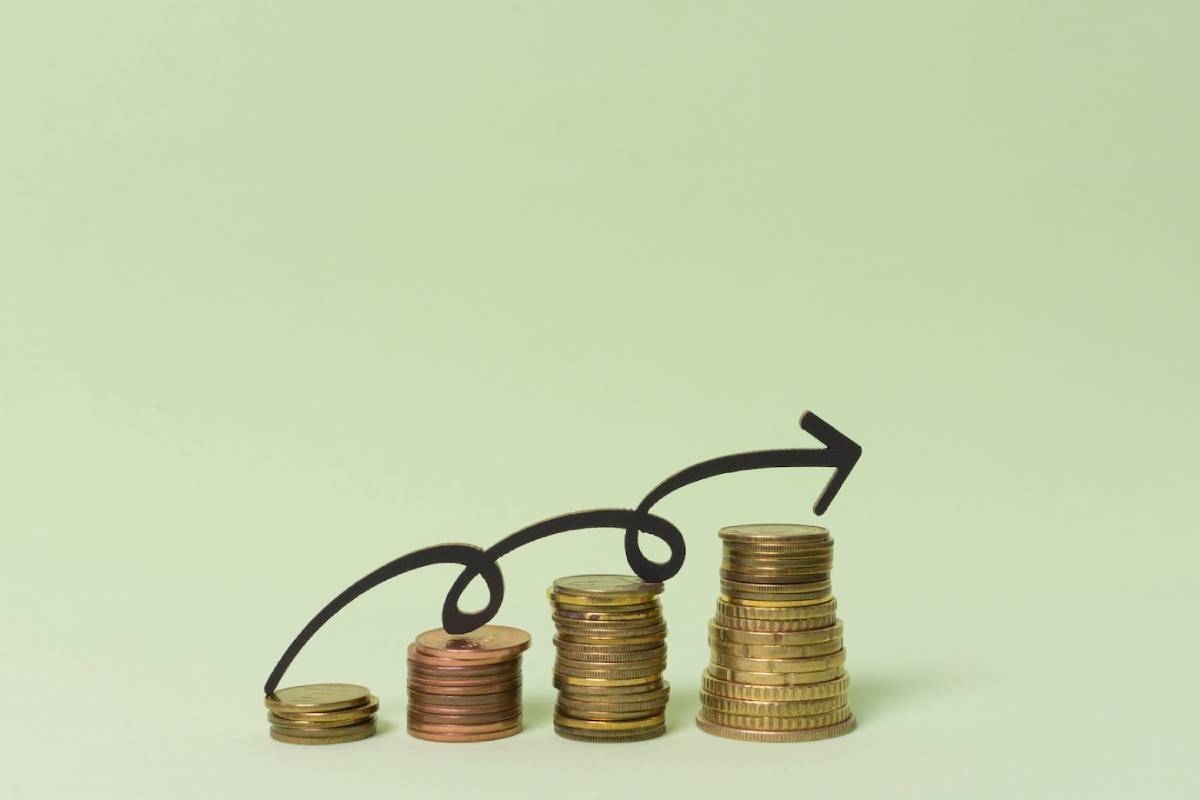
How to Plan for Financial Emergencies
Financial emergencies can happen at any time. They can be unexpected medical bills, home repairs, or sudden job loss. These events can push even stable people into debt or money problems without a good plan.
But here’s the good news: preparing for financial emergencies isn’t complicated. A solid plan, the right savings option, and regular effort can help you build a strong safety net. This net will give you confidence and control when times are uncertain.
Why Financial Emergency Planning Is Essential
Emergencies aren’t rare — they’re inevitable. Yet millions remain financially unprepared. A 2024 MoneyHelper UK survey found that 39% of UK residents saved less than £500 for emergencies. Many people are just one unexpected bill away from financial trouble.
Here’s why a solid emergency plan matters:
- Prevents debt spiral: You won’t need to rely on high-interest credit cards or payday loans.
- Reduces stress: Knowing you’re covered can significantly ease anxiety.
- Improves decision-making: Financial flexibility allows you to respond thoughtfully, not reactively.
In short, a robust emergency fund is the foundation of long-term financial resilience.
Quick Summary: Key Emergency Planning Steps

- Set a realistic emergency savings goal
- Open a separate, easy-access savings account
- Automate your contributions, even if small
- Reassess your target and fund size annually
- Use the fund only for genuine emergencies
- Include your household in the planning process
Step-by-Step Guide to Building Your Financial Emergency Plan
Step 1: Determine How Much You Need
The ideal emergency fund should cover 3 to 6 months’ worth of essential living expenses.
This includes:
- Rent or mortgage payments
- Utility bills
- Groceries and household essentials
- Health, home, and vehicle insurance
- Minimum debt payments (e.g., credit cards, loans)
- Transportation costs
If your income is irregular or freelance-based, aim for 6–9 months of expenses. The more uncertain your income stream, the larger your buffer should be.
Step 2: Choose the Right Place to Store It
Your emergency fund must be accessible, separate, and safe. Avoid storing it in your current account, which is easier to dip into.
Recommended options include:
- High-interest savings accounts: Offer accessibility and interest earnings.
- Instant-access cash ISAs: Tax-efficient and typically FSCS-protected.
- Dedicated digital savings accounts: Some challenger banks allow custom labelling and goal tracking.
What matters most is liquidity, not maximising returns. Keep your emergency money available. Don’t invest it or lock it in fixed-term savings.
Step 3: Begin Saving — Start Small, Stay Consistent
Don’t be intimidated by your total savings goal. The key is to start where you can.
Examples of manageable monthly goals:
- £20 per week = £1,040 per year
- £100 per month = £1,200 per year
Set up automatic transfers right after payday to make saving easier. Automating this process removes the need for willpower and helps build a reliable habit.
Step 4: Use Windfalls to Boost Your Fund
A great way to speed up your progress is to put any unexpected money into your emergency savings.
Examples of windfalls:
- Work bonuses or commissions
- Tax refunds
- Monetary gifts
- Rebates or refunds
When you get money outside your regular budget, set aside some or all for your emergency fund.
Step 5: Know When (and When Not) to Use the Fund
Define clearly what qualifies as a true emergency:
Appropriate uses:
- Emergency dental or medical bills
- Essential car or home repairs
- Temporary job loss
- Emergency travel for family crises
Not appropriate:
- Holidays or vacations
- Shopping sprees or new tech gadgets
- Events like birthdays or weddings
Set these boundaries early to preserve the fund’s integrity.
Step 6: Replenish After Every Withdrawal
If you must dip into your emergency fund, rebuilding it should become a priority. Think of it like restocking a first-aid kit — you don’t want to be caught unprepared the next time.
Build a repayment plan, even if it’s gradual. Set aside a portion of each income cycle to rebuild the fund until you hit your goal again.
Best Practices for Long-Term Financial Preparedness
1. Run a Yearly Financial “Fire Drill”
Once a year, perform a self-check.
Ask yourself:
- Could I sustain myself for 3–6 months without income?
- Are there any upcoming major expenses I need to plan for?
- Are my savings still in the best place?
- Has my cost of living increased?
This exercise ensures your emergency plan remains relevant as life evolves.
2. Create a Multi-Layered Financial Safety Net
An emergency fund is just one layer of protection.
For more comprehensive coverage, consider:
- Health Insurance: Essential for avoiding major medical expenses.
- Income Protection Insurance: Replaces lost income during illness or disability.
- Life Insurance: Crucial if you have dependents who rely on your income.
- Home and Contents Insurance: Covers unexpected damages or theft.
The more diverse your safety net, the more robust your financial defence.
3. Involve the Whole Household

Sharing finances with a partner or family means preparing for emergencies together.
- Discuss your emergency plan and savings goals.
- Ensure all adults know how to access the emergency fund.
- Teach children the basics of saving and financial responsibility.
Building a financially secure home requires collective understanding and participation.
Frequently Asked Questions
Q: What’s a good starting point if I can’t save much?
A: Begin with a small goal like £500. This can handle basic emergencies, like a broken appliance or minor repairs, and help you avoid high-interest debt.
Q: Should I save or pay off debt first?
A: Do both if possible. Start with a starter emergency fund (£500–£1,000), then focus on high-interest debt. Continue making small savings contributions while reducing debt.
Q: Where should I keep the money for maximum safety?
A: In an FSCS-protected, easy-access savings account. Steer clear of investment products and long-term bonds. They lack flexibility and can change in value.
Common Pitfalls to Avoid
- Over-saving into your emergency fund while neglecting investments or debt repayment. Once your fund reaches its target, reallocate future savings.
- Using your emergency fund for non-emergencies undermines its purpose.
- Failing to adjust your plan over time. A new job, child, or home should prompt a reassessment of your needs.
Final Thoughts: Build Your Financial Shield Today
Getting ready for financial emergencies isn’t about fear. It’s about building freedom and confidence. A fully funded emergency account means you won’t rely on others. You won’t have to scramble for solutions or delay important decisions in a crisis.
Your action plan for today:
- Set a realistic savings target based on your lifestyle and risks.
- Open a separate account that is safe and liquid.
- Automate contributions, even if they’re small.
- Review and adjust your emergency plan annually.
- Involve your family and secure all aspects of your financial life.
Thoughtful financial planning is proactive, not reactive. And there’s no better time to begin than now.


